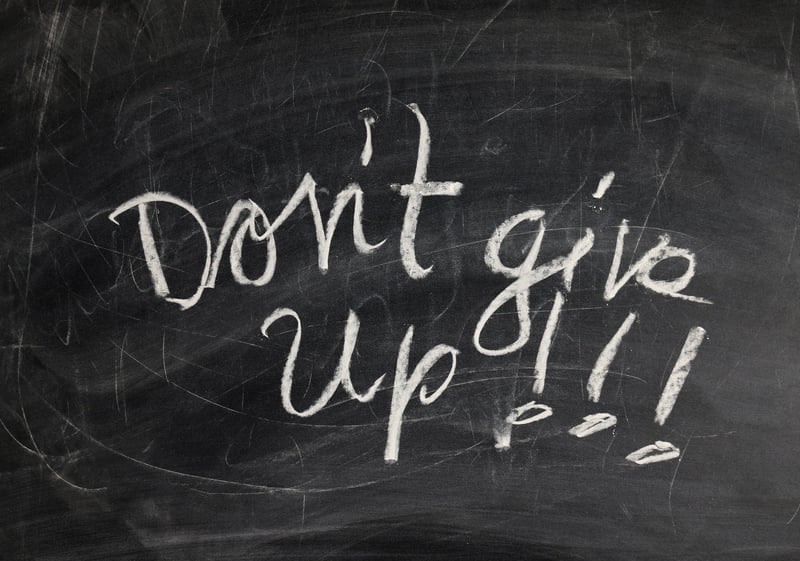
Charlotte has been a project manager since 2014. She gets excited about Kanban and loves Trello.
Keep me updated!
Subscribe

If you work with projects where tasks are difficult to estimate, or where the conditions and priorities could or will change, chances are that using a Kanban process may help you save a lot of agony. So what is Kanban and why, when and how should you use it?
Kanban is a Japanese term for ‘sign’ or ’board’ indicating ‘available capacity for work’. The concept is from the production philosophy; just-in-time (JIT), where it’s used for defining:
In Kanban, it’s possible to use many of the same methods found in the Scrum framework but with the big difference that you don’t work in iterations. Instead, you determine the number of tasks the team should work with simultaneously.
The easiest way to get started is to create a board on which the whole process and each task are visualised. This could be an actual physical whiteboard, or more practically a digital board such as e.g. Trello.
Team members should check the board regularly to see what tasks are active at the moment. This is in contrast to the Scrum process where you talk about what has already been done and what the next step is.
Kanban is the right way to go in projects where tasks are difficult to estimate or where the conditions and priorities can or will be changed. Those conditions make it difficult to work in sprints (all prioritised tasks in one sprint need to be accomplished before the end of the sprint, normally a sprint last 2-3 weeks) because you don’t know until you start working on a task when it will be 100% finalised.
If you want to move from waterfall to agile project Kanban is a quite easy way to make the transition.


Finally, don’t become overconfident in the Kanban process and expect it to solve things automatically. Instead, see it as a method to prioritise tasks and solve bottlenecks. It’s you, as a team, that do the magic and solves the tasks by prioritising, working together, and collaborate completely transparent with each other. And to be honest—that kind of work has more to do with your team dynamics than with Kanban.
If you want to have a digital board you can use Trello and this template board.
